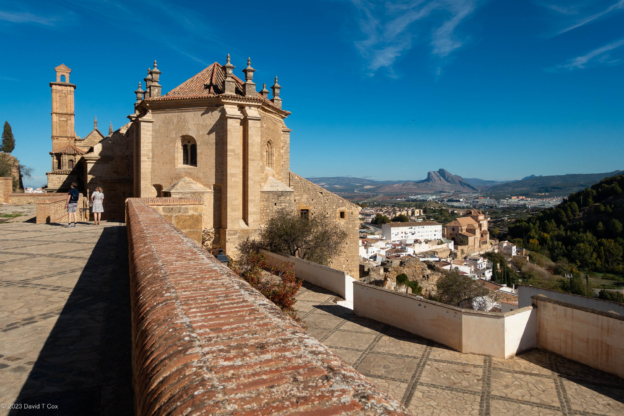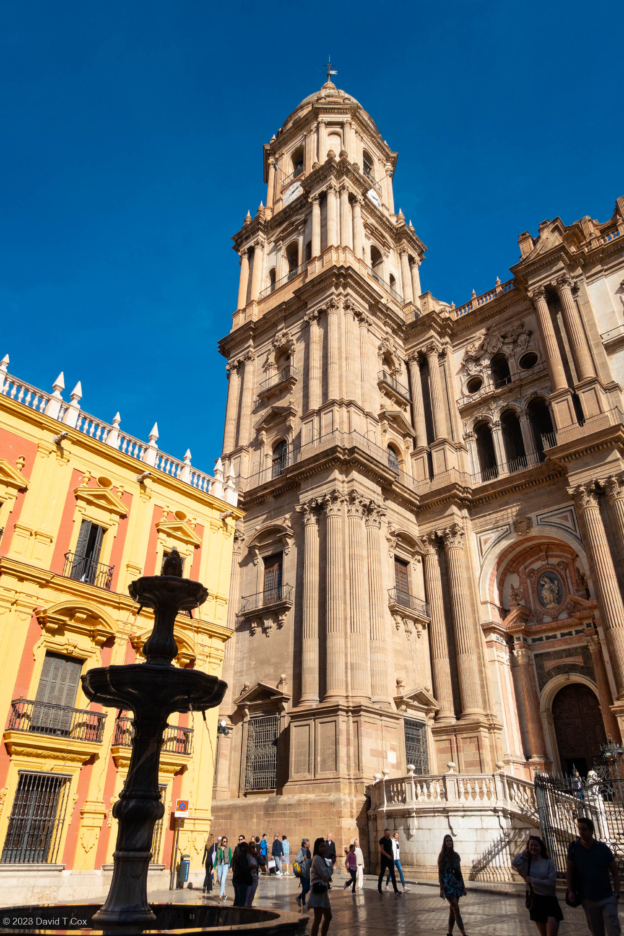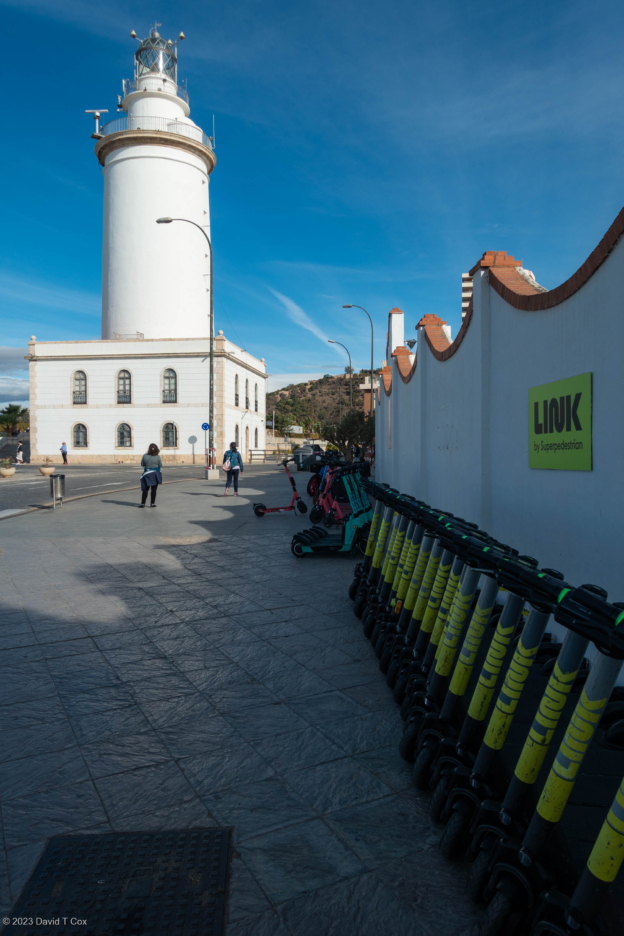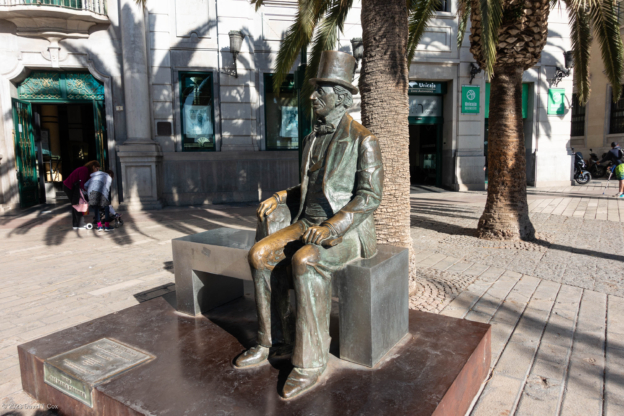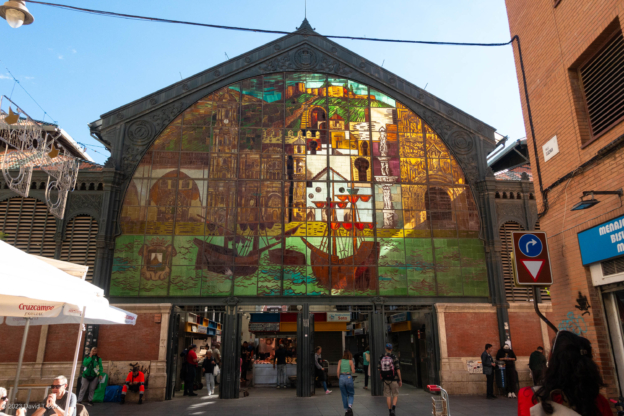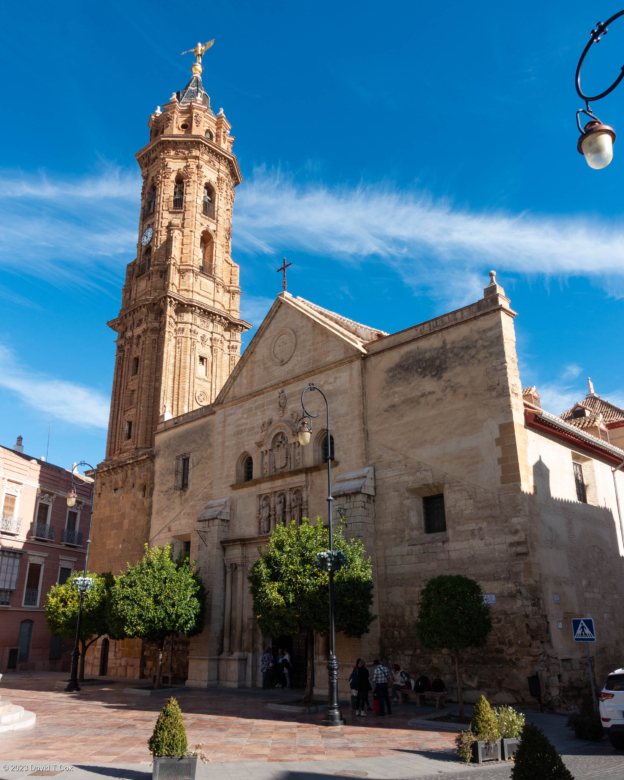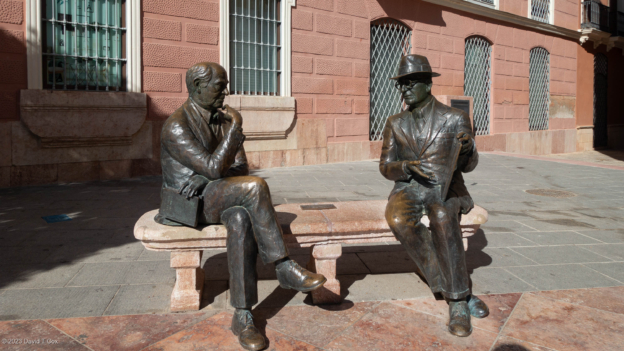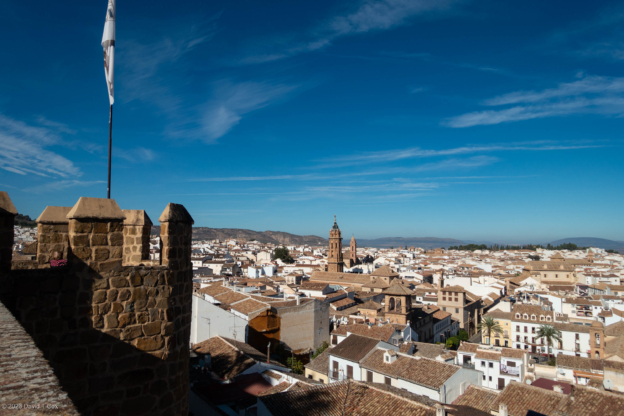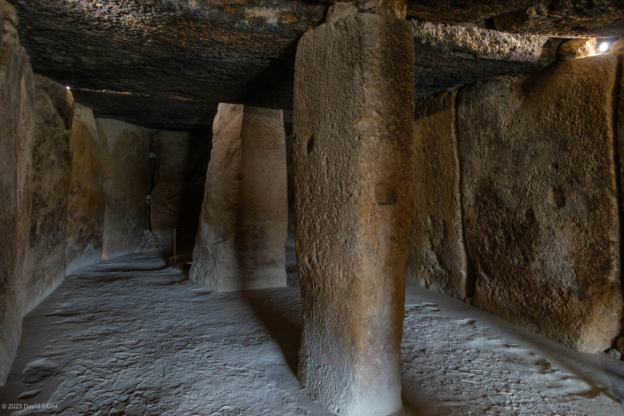All Photos Are Below the Travelogue Text
Click on Any Photo To Open Slide Show
To print the travelogue, right click anywhere on the page. Choose "Print" from your browser dialog box. You can choose Save to PDF in the browser print window.
Share your thoughts.
Email Dave - coxdavid55@hotmail.com
After a relaxing 2 weeks in Cordoba, I took the train to Malaga on the southern coast. There I had a lovely apartment with windows and balconies over tiny alleys. The old central section of town does not exude the ancient architecture of much of the rest of Spain. Most buildings struck me as 18th and 19th century, with lots of flourishes to attract the eye. Walking about a kilometer north-east along the botanical gardens brought me daily to a new part of the harbor designed for luxury yachts. While I was there several yachts docked, including the I Dynasty, built a few years ago in Germany for a Kazakhstan billionaire, which at over 300 feet is more than twice the average super yacht; next to it was the Neninka, at 220 feet only 50% larger than most super yachts – I guess these now must be called super-super yachts. It is hard to imagine owning one of these for private pleasure (I did try to imagine – hard – but not impossible). Just beyond the super yachts were the huge docks for cruise ships, 3 in port my last couple of days. Along the gardens and port are flocks of screeching monk parakeets, an invasive species from southern South America, which I have not seen before.
I was surprised encountering the bronze of Hans Christian Andersen on the Alameda (the Botanical Garden walkway along the harbor). I read that he stayed here in 1862, and fell in love with the city, describing it in his book ‘In Spain.’
Antequera is as I remember it from 2 decades ago. An absolutely charming small town full of Renaissance era magnificent brick towers and structures. It originated as a Roman stronghold. What it may now be most famous for is the presence of caves and tombs of neolithic origin, particularly 3 massive dolmens, huge earthen mounds covering megalithic tombs. The most interesting to me, the Menga Dolmen, is also the oldest at ca 3,600 BC, a millennium earlier than both the great pyramid of Egypt and the large stone ring of Stonehenge. It provides an entrance into a chamber 90 by 20 feet, the entrance, walls and roof constructed entirely of just 32 gigantic cut rocks. The height of the walls and extent of the roof are all formed by single rocks – you will need to see the photo below to appreciate the extent of these megaliths. The largest roof stone is estimated to weigh 180 tons, easily exceeding the largest Stonehenge stone of 40 tons, and the 80-ton stone in Khufu’s tomb chamber, the largest of the great pyramid. The Menga is considered the largest dolmen of Europe. When discovered in the 19th century it held several hundred skeletons. If the dating is accurate, speculating on how the stones were carved and manipulated borders on requiring the miraculous. On my last two visits, about 20 years ago, reaching the dolmen just required a short hike out of town and a climb up the lonely hill. In 2016 it was named a World Heritage Site, so today it resides in a huge fenced area, landscaped with required walkways, a large museum, interpretive center and guards, and, of course, large tour groups arriving by tour buses. The Menga still is impressive.
I must comment on finding Cordoba, and then Malaga, in full Christmas decoration mode. I realize the US has long forgotten that the celebration should not start until after Thanksgiving (result of ever-growing greed among retailers). I had not realized Spain would follow (or perhaps it led – I have not traveled this time of year before).
I am now in Valencia for 6 days and will report on that later. Dave
- Catedral, Malaga, Spain
- La Farola (lighthouse) de Malaga, Spain
- bronze of Hans Christian Andersen on the Alameda, Malaga, Spain
- Super Yacht I Dynasty, Malaga Port, Spain
- stained glass windows, Malaga Atarazanas Market, Spain
- seafood stalls, Malaga Atarazanas Market, Spain
- Torre de El Angelote, Antequera, Spain
- bronzes below Torre de Angelote, Antequera, Spain
- view over Antequera from mirador below fort, Spain
- Menga Dolmen, ca 3,600 BC, Antequera, Spain
- Menga Dolmen, ca 3,600 BC, Antequera, Spain
- Real Colegiata de Santa Maria, Antequera, Spain
To print the travelogue, right click anywhere on the page. Choose "Print" from your browser dialog box. You can choose Save to PDF in the browser print window.
Share your thoughts.
Email Dave - coxdavid55@hotmail.com
